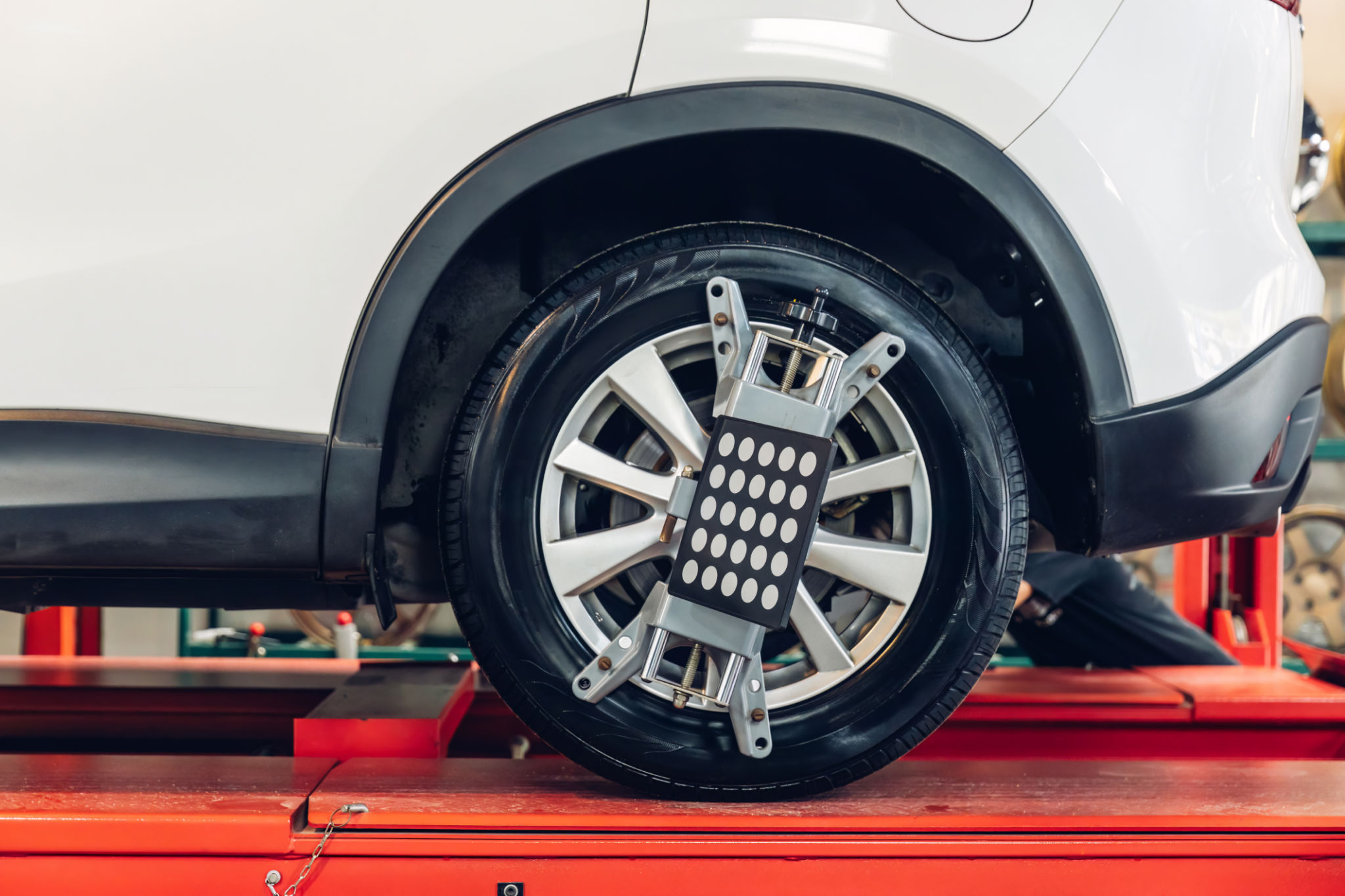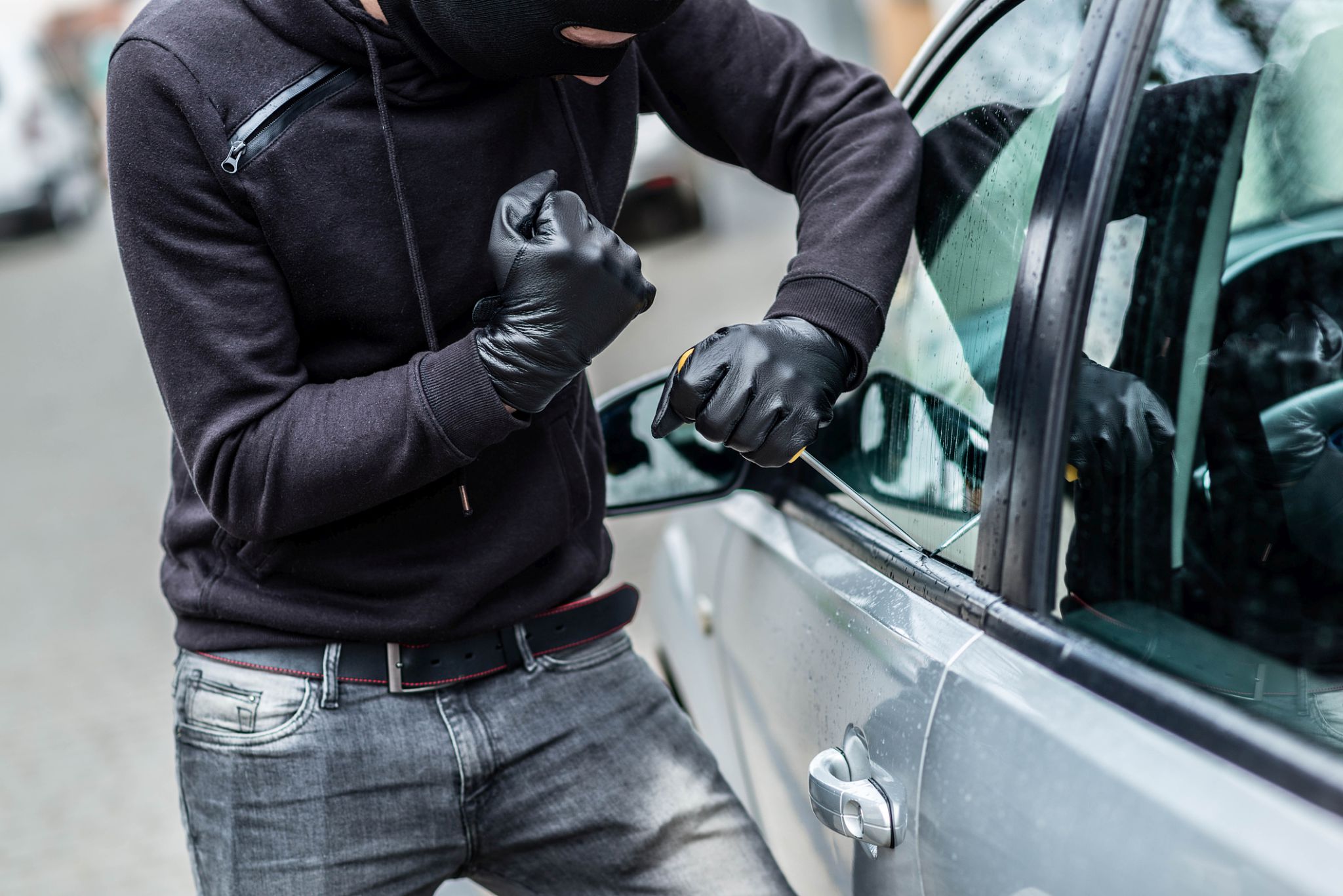ADAS Calibration vs. Standard Alignment: What's the Difference?
Understanding ADAS Calibration and Standard Alignment
In the world of automotive maintenance, terms like ADAS calibration and standard alignment often surface, leaving many car owners puzzled about their differences. While both are critical to vehicle safety and performance, they serve distinct purposes. Understanding these differences can help you make informed decisions about your vehicle's maintenance needs.
Standard alignment is a familiar concept for most vehicle owners. It involves adjusting the angles of the wheels so they are perpendicular to the ground and parallel to each other. Proper alignment ensures that your vehicle handles correctly, prevents uneven tire wear, and can improve fuel efficiency. Typically, this service is required when you notice your car pulling to one side or after hitting a significant pothole.

What is ADAS Calibration?
On the other hand, ADAS calibration refers to the process of aligning sensors and cameras used in Advanced Driver Assistance Systems (ADAS). These systems include features like lane departure warnings, adaptive cruise control, and automatic emergency braking. As vehicles become more technologically advanced, the need for precise calibration of these systems has increased.
ADAS calibration ensures that the system's sensors and cameras have accurate readings, which is crucial for the proper functioning of safety features. If these components are misaligned, it could lead to a malfunction or a complete failure of the system. This is particularly important after repairs or replacements involving windshields, bumpers, or the suspension system.

When Do You Need Each Service?
The timing for standard alignment and ADAS calibration can vary. Standard alignment is generally recommended every 6,000 miles or whenever you experience issues like uneven tire wear or steering problems. Regular checks are important to maintain optimal handling and tire longevity.
ADAS calibration, however, is typically necessary after specific events such as windshield replacement, collision repairs, or suspension adjustments. It's also prudent to have a calibration check if you experience any issues with your vehicle's ADAS features. Ignoring calibration needs can compromise the effectiveness of these safety systems.

The Importance of Professional Assistance
Both standard alignment and ADAS calibration require professional expertise. While some might consider attempting a wheel alignment themselves, ADAS calibration is highly specialized and demands the right tools and knowledge. Technicians use sophisticated equipment to ensure that all sensors and cameras are accurately aligned.
Choosing a reputable service provider is crucial for both procedures. For standard alignment, look for technicians with experience and good reviews. For ADAS calibration, ensure the facility has up-to-date technology and trained personnel capable of handling advanced systems. This investment in professional services ultimately enhances vehicle safety and performance.
The Bottom Line
In summary, while both ADAS calibration and standard alignment play vital roles in vehicle maintenance, they cater to different aspects of your car's functionality. Understanding when each service is needed can save you time and prevent potential safety hazards on the road. Keeping these systems in check ensures your vehicle operates efficiently and safely.
As automotive technology continues to evolve, staying informed about these maintenance services becomes increasingly important. Regularly consulting with professionals can help maintain your vehicle's integrity and enhance your driving experience.
